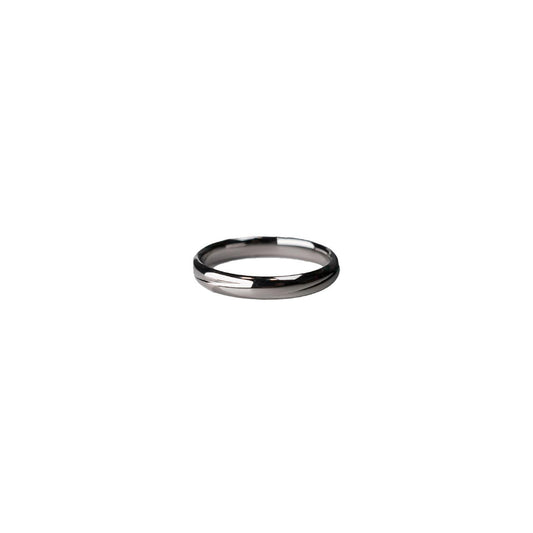The Unyielding Brilliance of Diamonds Unpacking Their Legendary Hardness
The Unyielding Brilliance of Diamonds Unpacking Their Legendary Hardness
Growing up, I vividly remember my grandmother's engagement ring—a simple, yet mesmerizing diamond that seemed to catch light in a way that nothing else could. She would often tell me that it was as indestructible as her marriage, which, in retrospect, might have been a bit of an exaggeration given my grandfather's penchant for adventurous sports. However, there's a kernel of truth in those words when you consider the universal symbol of strength and eternity that diamonds represent.
In the world of minerals, diamonds hold the prestigious title of hardest known natural material. This isn't just a fun fact to toss around at parties—it's a vital part of what makes diamonds so unique and desirable. The hardness of diamonds is measured on the Mohs scale of mineral hardness, where they sit at an unrivaled 10. This scale, developed by Friedrich Mohs in 1812, ranks minerals based on their ability to scratch one another. A diamond's incomparable hardness means it can only be scratched by other diamonds, a testament to its durability.
But what gives diamonds this superlative hardness? It's all in the atomic structure. Diamonds are made of carbon atoms arranged in a crystal lattice that forms a three-dimensional repeating pattern known as a diamond cubic structure. Each carbon atom is symmetrically bonded to four other carbon atoms, creating an incredibly robust framework. This arrangement not only accounts for the legendary hardness but also for the diamond's amazing optical properties, which lead to that captivating sparkle my grandmother adored.
Despite their toughness, diamonds can be subject to chipping—something I discovered a bit too late when playing dress-up with her ring as a child. A tiny nick later, and I learned a valuable lesson about the sharp contrast between theoretical and practical indestructibility. The truth is, while diamonds are hard, they're not immune to damage from a well-aimed force at a particular angle, much to the chagrin of overconfident DIY jewelers.
Culturally, diamonds have become an emblem of enduring love—think engagement rings and anniversary gifts. This symbolic status is probably linked to their resilience and beauty, paralleling the ideal traits we envision in long-term relationships. The marketing genius that popularized these gems as standard for betrothal has ensured that even those with only a cursory knowledge of gems recognize their implicit promise of forever.
Looking back, it's remarkable how an unyielding piece of carbon could capture both hearts and hands for centuries. Whether in the form of an heirloom ring or a polished stone poised in a museum, diamonds continue to be a testament to not just nature's artistry but also to our own desire for permanence in an ever-changing world. As concluded by my grandmother, and perhaps with a bit of wisdom from a mischievous child's experience, diamonds remind us that while they may not be completely impervious to a playful tumble, they undoubtedly endure through the ages.

























